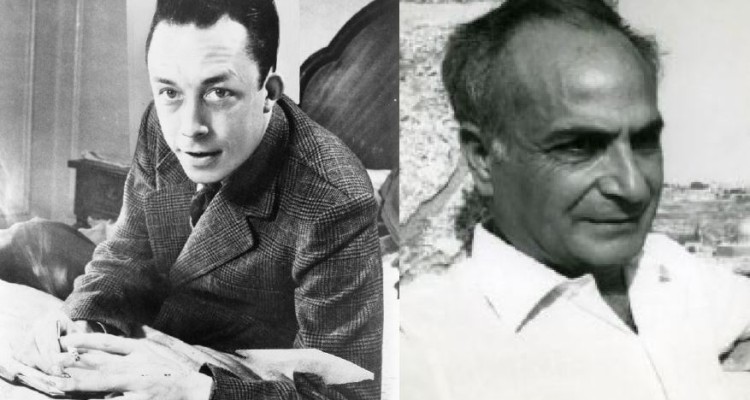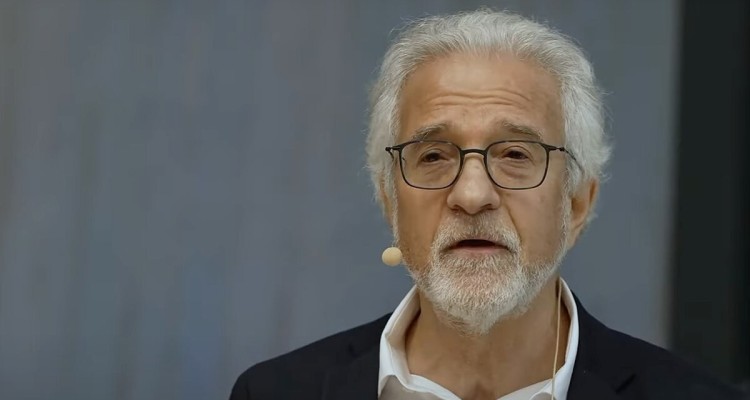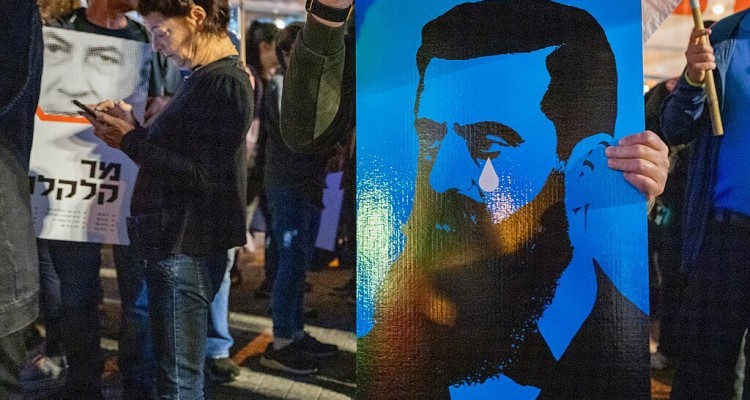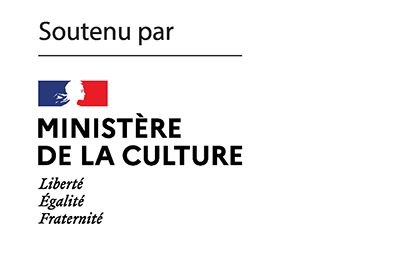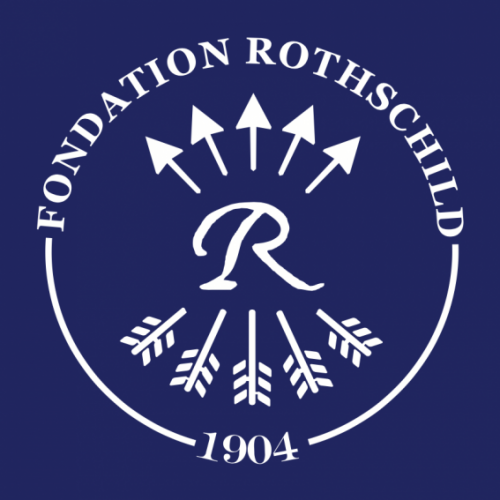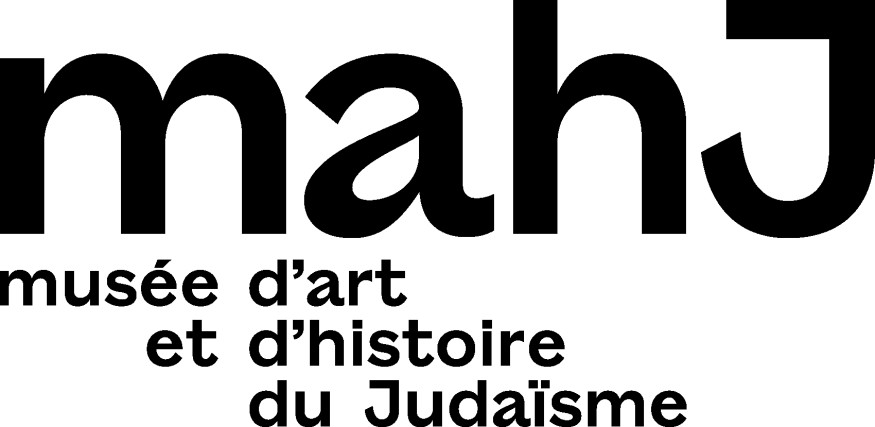Forty years ago, the great historical account “Vichy France and the Jews,” by Michael R. Marrus and Robert O. Paxton, was published simultaneously in French and English. Released in a new edition in 2015, the book is now experiencing increased interest in France, where some are questioning the responsibility of France in the persecution of Jews under the German occupation. In 2015, on the occasion of a tribute to the man – Roger Errera – who was at the origin of the work’s inception, Robert Paxton revisited the difficult process of researching and writing this book, which so fundamentally challenged France’s ‘resistance myth.’

My relationship with Roger Errera began on July 2nd, 1971, when he sent me a letter which caught my attention. Referring to the Diaspora series he’d recently founded at Calmann-Lévy, the first titles of which were to be published the following October, he suggested I write an essay on the Vichy regime and the Jews.”Good books on Vichy,” he wrote, “are, in France, non-existent.”
Roger Errera did not know me, but he knew from two of my professors at Harvard, Stanley Hoffman[1] and Nicholas Wahl<footnote>Anthony Nicholas Maria Wahl (1928-1996). A specialist in the political history of contemporary France, he taught at Harvard and Princeton and directed the Institute of French Studies at New York University from 1978 to 1996. (note of the editors)</footnote>, that I had already written two books on Vichy. The second of these–which, at the very moment of Roger’s invitation, was at the printer’s in New York–would be published in France two years later under the title La France de Vichy, by Editions du Seuil. Roger had, of course, been unable to read it. He had, however, read my first book on Vichy–my doctoral thesis on the Armistice Army, which had been published in the United States in 1966 (and would, a mere 38 years later, be translated into French under the title L’Armée de Vichy.)
It should be noted that in 1971 my first book on Vichy was virtually unknown in France. Although it had appeared on a list of “books received” in an issue of the Revue d’histoire de la Deuxième Guerre mondiale, no French publication had published a review of it, as far as I knew, except for eight lines in the Revue française de science politique. The book was, after all, in English. I had to donate a copy to the Bibliothèque nationale myself. It is true that the library at Sciences Po bought a copy, but it was, I believe, the only library in France to do so. Roger Errera thus belonged to an extremely exclusive club: that small, very restricted circle of French people who, at that time, knew my first book existed. I could see immediately that I was dealing with someone of extraordinary curiosity and intellectual vitality–someone who read everything, and seemingly in every language. This first positive impression was never to be contradicted.
Yet I have to say that I hesitated when Roger invited me. I had not considered turning my attention in that direction. I come from an American Protestant family, established in Virginia since the beginning of the 17th Century, and never had any contact with the world of Judaism. I thought my later research on Vichy would be focused rather on the realm of business and economic collaboration.
What persuaded me to accept Roger Errera‘s invitation, beside the subject’s intrinsic interest, was my suspicion that my second book on Vichy would follow the same path to oblivion in France my first had. Roger offered me a guaranteed way to express myself on Vichy in a way that would be heard by the French public. Moreover, his way of presenting the subject attracted me. He was looking for someone who knew how to navigate the German archives, the importance of which he understood well. We were in complete agreement on this point.
This is how he saw my agenda in July of 1971: “The respective roles of Vichy and the Germans in the elaboration of the racial laws; collaboration in the measures of persecution and deportation – the attitude of the various officials in this regard; the final result. So many aspects that still await their historian.” The book that was born of our collaboration corresponded well to this initial perspective.
I cannot say that the preparation of the book followed a straight, smooth path. Rather, it was complicated by diversions and interruptions. First, I had to finish another project that was already in the works: I had committed myself to writing a textbook for American university students on the history of Europe–all of Europe–in the 20th Century. This project took longer than expected. But once Europe in the Twentieth Century was published in 1975, I was ready to begin Vichy and the Jews.
Our collaboration was intense and fruitful. First of all, with the assistance of Jean-Claude Casanova[2], Roger had an important part of the French State archives opened. This exemption met with some resistance. One of the presidents of the reading room at the Archives nationales, the old reading room on the rue des Francs-Bourgeois, systematically refused to honor the very official letter of authorization from the Director of the Archives nationales. I have forgotten the name of the archivist in question (Dr. Freud would say that I have rejected him). Before entering the reading room, then, I looked through the glass of the double door to see who was presiding over the room that day. If it was my opponent, I wouldn’t go in. I would turn around and go to the National Library for the day. (I should add that many French archivists and librarians, apart from this overcautious gentleman, were very kind in helping me.)
Roger was fully committed to this undertaking. I could measure the intensity of his commitment by the flood of letters, books, and various communications that arrived at my home in New York. We shared the same goal: to produce a book that would be irrefutable in both the seriousness of its documentation and the strength of its demonstration. We wanted to show the truth of each sentence by referring to the documents of the period. For my first book on Vichy, on the Armistice Army, I had interviewed about thirty generals and colonels, starting with General Weygand himself. I even interviewed Xavier Vallat, but about the French Legion of Combatants rather than the General Commissariat for Jewish Questions. But little by little I learned that memories are less trustworthy than archives, especially when the subject is as contentious as this one. It isn’t necessarily that witnesses lie, although that can happen. The crux of the problem is elsewhere: the situation and mentalities have evolved to the point where witnesses become almost incapable of reconstructing the past in an authentic way. Thus, to prepare the second book, La France de Vichy, I did little interviewing. For the third book, Vichy and the Jews, Roger thought, as I did, that it was not worth talking to the people responsible. We could have talked to the victims endlessly, but our subject was not the Jews under Vichy but the policy of the Vichy government and administration toward the Jews.
My work quickly fell behind schedule. But Roger, who made no secret of his desire to complete our project quickly, never lost his usual courtesy. On my side, however, I was increasingly discouraged by the heaviness of the task and the sordid nature of the story. The moment came in 1976 when I told Roger that I wanted to abandon the project. Roger used all his skills as a magistrate to find a solution. Finally, we invited Michael Marrus, a young Canadian historian, to become co-author. Marrus had written one of the first books published by Roger in the Diaspora series: Les Juifs de France à l’époque de l’affaire Dreyfus. L’assimilation à l’épreuve [1972]. Marrus and I already knew each other. Marrus was a doctoral student at the University of California at Berkeley at the same time that I arrived there as an assistant. Marrus accepted our invitation. So the book became both Marrus’ and Paxton’s. It is a thankless task to write a book together, but I can say that Michael and I are still friends.
The book was released in 1981 in both France and the United States. It did not raise the same controversy in France as my previous book, La France de Vichy, which had come out eight years earlier. Thanks to our determination to document everything solidly, it was difficult to deny our conclusions. Our opponents claimed–and still claim–that our work paints too dark a picture of reality, but they failed to find any really significant errors of fact.
Our first conclusion, that the first Vichy racial laws owed nothing to direct German pressure, is generally accepted today. It remains difficult, however, to persuade the average reader, even today, that the Germans did not want a Judenrein France in 1940. On the contrary, they wanted to make the unoccupied zone a dumping ground for their own Jews. German policy concerning the situation of the Jews in France in 1940 was thus the opposite of Vichy policy. At the very moment when Marshal Pétain was shaking hands with Hitler at the small train station in Montoire-sur-le-Loir in October 1940, the local authorities in the Rhineland were sending more than 6,000 German Jews to the Vichy French free zone in sealed railroad cars–much to the dismay of the Vichy authorities.
Successive governments of the Third Republic had sought since the late 1930s to get rid of the overflow of Spanish and Jewish refugees, and the disaster of 1940 had made this desire even more acute. This helps to explain why Vichy so happily agreed to participate in the transfer of German Jews in 1942, when the Nazi leadership replaced its policy of expulsion with a policy of reclaiming Jews for extermination.
Our second conclusion, that the anti-Semitic measures of Vichy were rigorously applied until the last moment, has been validated by a whole series of scholarly works that have since been published.
Our third conclusion concerned public opinion. According to the prefects’ reports, the French public often greeted Vichy’s first measures of discrimination and exclusion with indifference, and even sometimes with approval. Those who seek to refute this point are forced to believe that the prefects and also the wiretapping services falsified their reports to the Minister of the Interior. Then opinion underwent a striking reversal: the French public was outraged by the mass arrests and family separations that accompanied the deportations that began in March 1942. From the summer of 1942 onwards, rescue actions spread throughout France, following a development that we perhaps did not sufficiently emphasize in our book. At the last moment, to fill this gap, we dedicated Vichy and the Jews to “the French men and woman who assisted persecuted Jews during the Second World War.”
The fate of the Jews in France under the German occupation remains a hot topic to this day. A certain French television star wrote last year [2014] that I was the one who taught the French to hate each other. Two recent books claim that Vichy tried from the beginning to save the Jews of French nationality. It is easy to show that this effort began only in the summer of 1942, and that it was limited in scope. A recent major book on the rescue of Jews during the Occupation once again asks the question: Why did so many Jews survive in France? According to this book, a surge of sympathy for the Jews, which became almost universal in 1942, explains this relatively positive result. But should we not, instead, reverse the question? Why, given the multiple opportunities for rescue in France, did so many Jews perish there? The subject remains very topical in today’s debates.
I am currently preparing a new edition of Vichy and the Jews [published in October 2015]. The quality and quantity of scholarly works that have appeared over the past three decades make this task mandatory. We believe, Marrus and I, that all this new work has not overturned our main conclusions. Rather, the new works reinforce them: the lack of means on the German side making the help of the French administration indispensable; the major role of the traditional administration, and not merely the General Commissariat for Jewish Questions, in the application of discriminatory measures against the Jews; the effort to replace German anti-Semitic measures in the occupied zone by French measures applying to all of France.
Roger enthusiastically supported the project of a second edition of Vichy and the Jews. As in the past, messages began to pour in to New York, this time in electronic form. But, alas, he was unable to see the result. I thank him again today for his initial inspiration, for his unceasing enthusiasm, for his wise counsel, and for his friendship.
Robert O. Paxton
Notes
| 1 | Stanley Hoffmann (1928-2015). Professor of political science at Harvard University (Massachusetts), founder of the Center for European Studies at this university, holder of the chair of French civilization from 1980 and that of international relations from 1997. Stanley Hoffmann prefaced Robert O. Paxton’s La France de Vichy: 1940-1944, published by the University of Harvard. Paxton’s La France de Vichy: 1940-1944, published by Editions du Seuil in 1973, a work translated from the English Vichy France. Old Guard and New Order, 1940-1944, Alfred A. Knopf, New York, 1972. (note of the editors) |
| 2 | Jean-Claude Casanova (1934-), professor of law and economics, director of studies and research at the Fondation nationale des sciences politiques until 1990. During the writing of Vichy and the Jews, he was technical adviser to Joseph Fontanet, Minister of Education, from 1972 to 1974, and adviser to Raymond Barre, Prime Minister, from 1976 to 1981. (note of the editors) |
